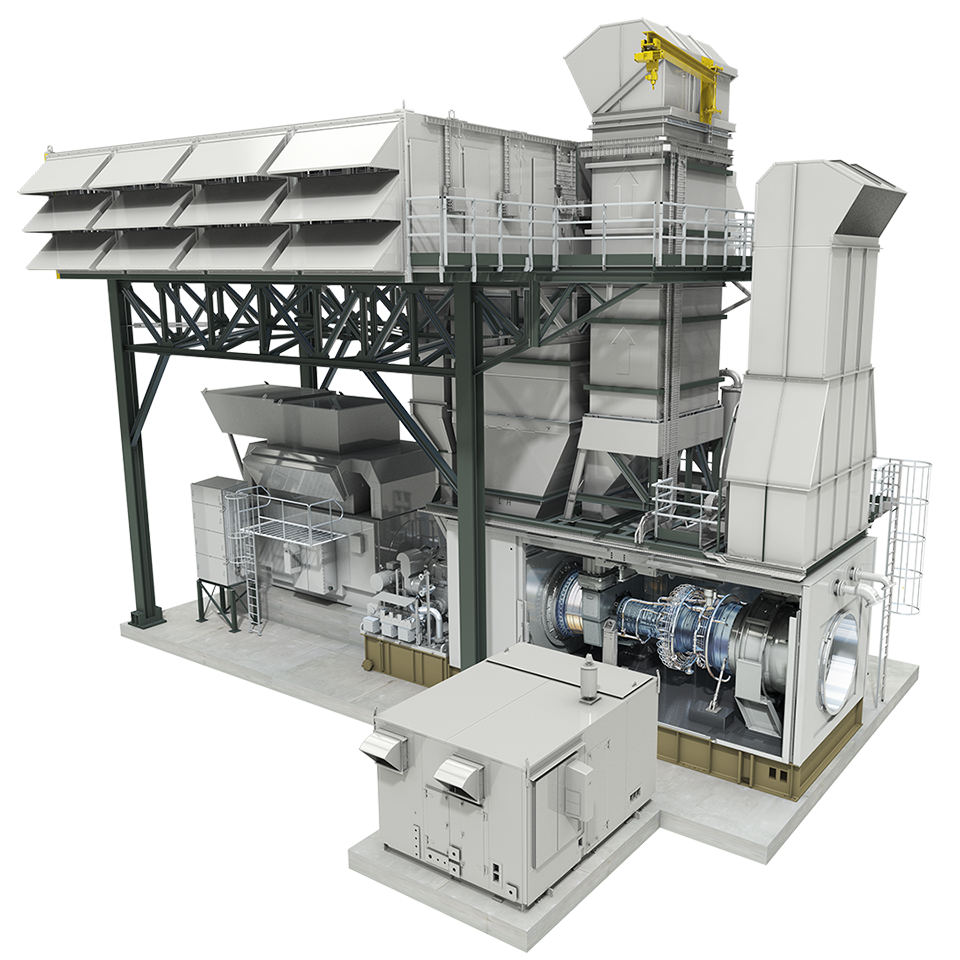Search GE Gas Power
What are you looking for?
Or start with a popular search:
Recommended resources
OpFlex AutoTune for F class
Superior automated DLN combustor tuning capability to help you reduce F-class maintenance costs, extend availability, and provide performance gains.
Today’s challenge for operators
Getting the most from your combustor
Proper Dry Low NOx (DLN) combustor tuning is essential to ensuring regulatory compliance, extending turbine hardware life, and remaining available to reliably generate power and revenue. Weather, fuel property variation, and hardware condition are among the many factors that drive the need for tuning adjustments to ensure robust operation. We understand the drivers for periodic tuning are diverse and have developed a suite of AutoTune solutions to help provide the most possible flexibility for customers.

The AutoTune advantage
GE’s OpFlex AutoTune system combines Model-Based Control (MBC) with field-validated expert combustion models and a combustion dynamics feedback signal. This system enables continuous, real-time tuning with settings checked 25 times per second, which provides faster response than other systems that rely on emissions feedback.
Model-Based Control (MBC) is the advanced control software platform underpinning AutoTune. Developed for GE’s aircraft engine business, this modern controls architecture replaces static control schedules used in legacy control system software with modern, online, real-time turbine simulators to enable fast, accurate, adaptive control. This robust platform extends operating flexibility, expands operating envelopes, enables customization, and improves user troubleshooting capability.
GE was the first to develop a self-contained, automated DLN tuning system in 2007. Today, GE has more than 10 million hours of automated tuning experience and more than 800 OpFlex AutoTune systems in operation globally—more than 50% of the entire F-class fleet.
AutoTune for F class benefits
Reduces asset wear/tear and extends life
Reduces risk of regulatory compliance violations
Reduces risk and expense of load runbacks and trips
Improves running reliability and simplifies troubleshooting via sensor health monitoring
Provides robust capability to handle rapid grid frequency fluctuations
Avoids the need and cost of seasonal manual DLN tuning
Expands fuel flexibility up to +10% and -15% MWI at rates of change of ±10% per minute
Enables performance gains in both output and heat rate
Enables flexible performance through customizable tuning settings
Maintains tighter control of firing temperature and unit performance
On-demand webinar and Q&A
Plant flexibility: Adapting to stay relevant
Operators and plant managers are experiencing rapid change as the evolving energy landscape impacts their power plants' operating profiles. The ability to adapt and be flexible is key to remaining relevant.
Explore our portfolio
Other OpFlex Combustion Versatility solutions
Take a look at how OpFlex Combustion Versatility can make your plant even better.
Don’t see what you’re looking for? Contact us
OpFlex Combustion Versatility
Get a high-level look at our Combustion Versatility suite of solutions. Go now
Gas Power
Gas Power engineers cleaner, more accessible energy that communities depend on to power growth and prosperity.
Contact usDecarbonization - the future of energy
See how Gas Power is helping to build a world that works.
Learn more


